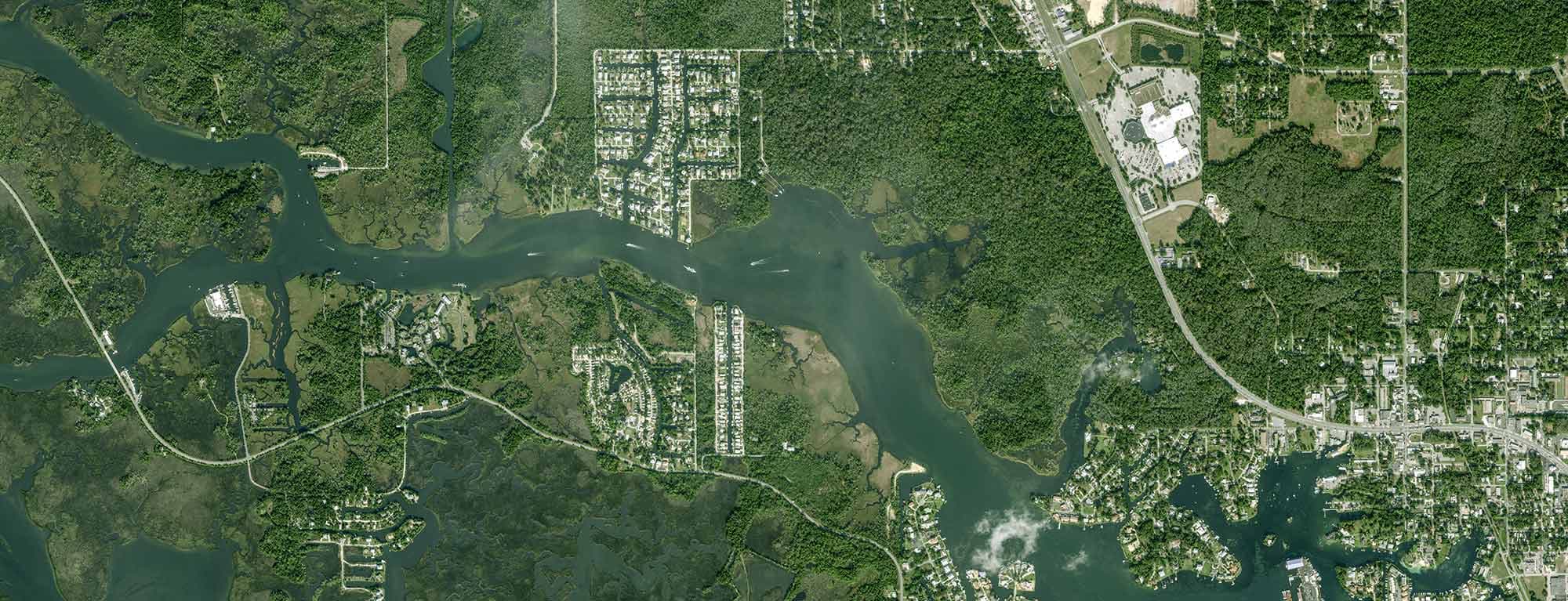
Home
Newsroom
Case Studies
Mapping whales from Space
Mapping Whales from Space
Animal detection and identification in New Zealand with Pléiades Neo
With its 30cm resolution, Pléiades Neo helps to monitor the population growth of the Southern Right Whales
In the 19th century, the Auckland Islands were colonized by whale hunters, who so named the Southern Right Whale (Eubalaena australis) because it was considered as “the right whale to hunt”, due to its slowness and its fat-rich skin, even floating on the surface when harpooned. The right whale is one of the largest mammals on Earth, and is up to 18 meters long.
After nearing extinction, the number of whales is gradually increasing since the ban on whaling, and efforts are currently underway to help the population recover, e.g., by reducing anthropogenic noise, commercial fishing entanglements and vessel collisions.
Even though numbers are increasing, the increase in population size is not uniform throughout the range and some population segments remain more vulnerable than others.
Port Ross, off the east coast of Auckland Islands, is today known to be a major calving ground for New Zealand southern right whales. The aim of this study is to analyse the distribution and abundance of these animals in the area, to assess the population and to detect a possible change in the population at an early stage.
SPACEWHALE is a new service that surveys whales via high-resolution satellites such as the Pléiades Neo satellites, married with the latest deep learning approaches. Thanks to the Pléiades Neo ground sample distance (GSD) of 30cm/pixel, large and midsized whales can be detected within images and appear pixelated in “snap shots” of a satellite surveyed area.
The SPACEWHALE detection algorithm is initially trained using down-sampled aerial images of minke whales (Balaenoptera acutorostrata) from aircraft-based surveys that used high-resolution digital video during 2012 to 2019. Namely, digital aerial images with an original resolution of ~2cm were down-sampled to 30cm to match the resolution of the Pléiades Neo satellite imagery obtained for this study. The general dimensions of a minke whales’ body match that of other whales and so it was assumed that the shape of the body would be useful for classification, particularly with data augmentation techniques available to us. Additionally, down-sampled drone footage from various species and satellite imagery from previous projects improved the accuracy of the algorithm in detecting different whale species.
The automated process is highly effective and once the automated process is complete, expert reviewers validate the results to ensure that all objects are correctly identified and that whales are not confused with inanimate objects (e.g., boats, rocks, waves, foam). Detected whale positions were then georeferenced. 109 objects were detected in the single pass on 27th August 2022. 38% and 49% of all whale detections were classified as being definite and likely whales, respectively.
Besides, calves could be distinguished from adult animals from their size and often their proximity to an adult. Of the definite and likely whales, 52% of the adult whales were detected to have a calf. Most detections occurred in Port Ross and south of Enderby Island, while fewer detections occurred north of Enderby Island and south of Ewing Island.

Counting Whales from Space - Airbus Pléiades Neo satellites & Marine Preservation
1:14

Bathymetric map of whales distribution
SPACEWHALE successfully detected southern right whales on the east coast of Auckland Islands using Pléiades Neo satellites images with resolution of 30cm.
- Calves could be distinguished from adult animals from their size and often in proximity to an adult. A total of 62 adult whales and 32 calves were detected with high probability during the 27th August 2022 survey.
- Satellite surveys can collect data on whale abundance and distribution from remote areas which are difficult to reach with traditional on-site surveying techniques.
- Pléiades Neo offers a unique opportunity to provide baseline data and fill knowledge gaps on the distribution and abundance of whales to make informed decisions for protection, conservation, and restoration actions.

BioConsult SH is a team of natural scientists and was founded in 1998 as an independent ecological research and consulting firm. They compile expert environmental reports, principle protection concepts and feasibility studies on the basis of sound research with the aim to help resolve conflicts between Man and Nature.
SPACEWHALE is a novel method for detecting whales in very high-resolution (VHR) satellite imagery which can monitor regions in the high seas where traditional boat or aerial-based surveys are difficult to execute. They merge the latest in space-based and Deep Learning assets with a team of expert biologists to offer clients a range of products including abundance and distribution estimates.
Our sales team will be happy to provide you with more information and how it can meet your business needs





